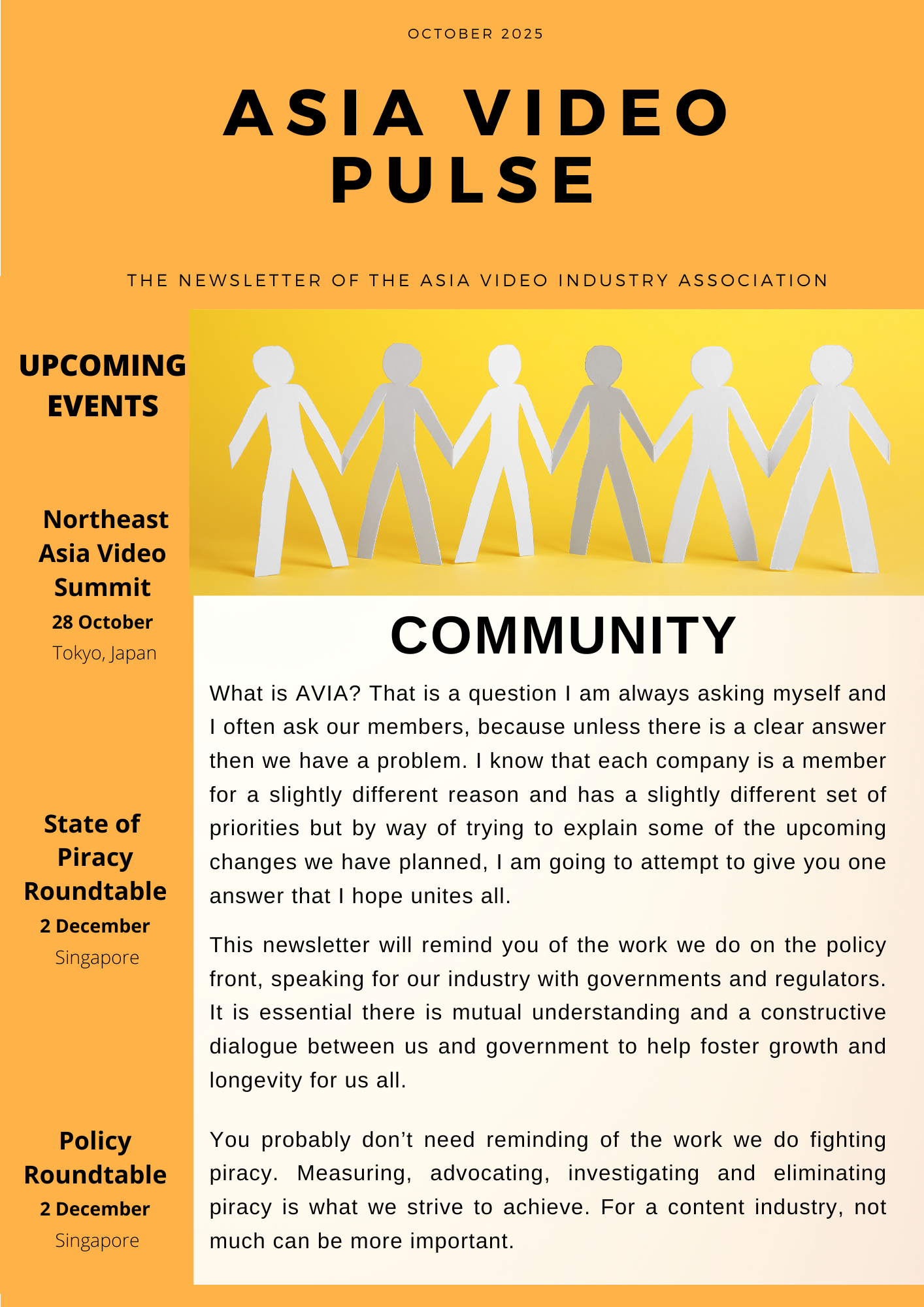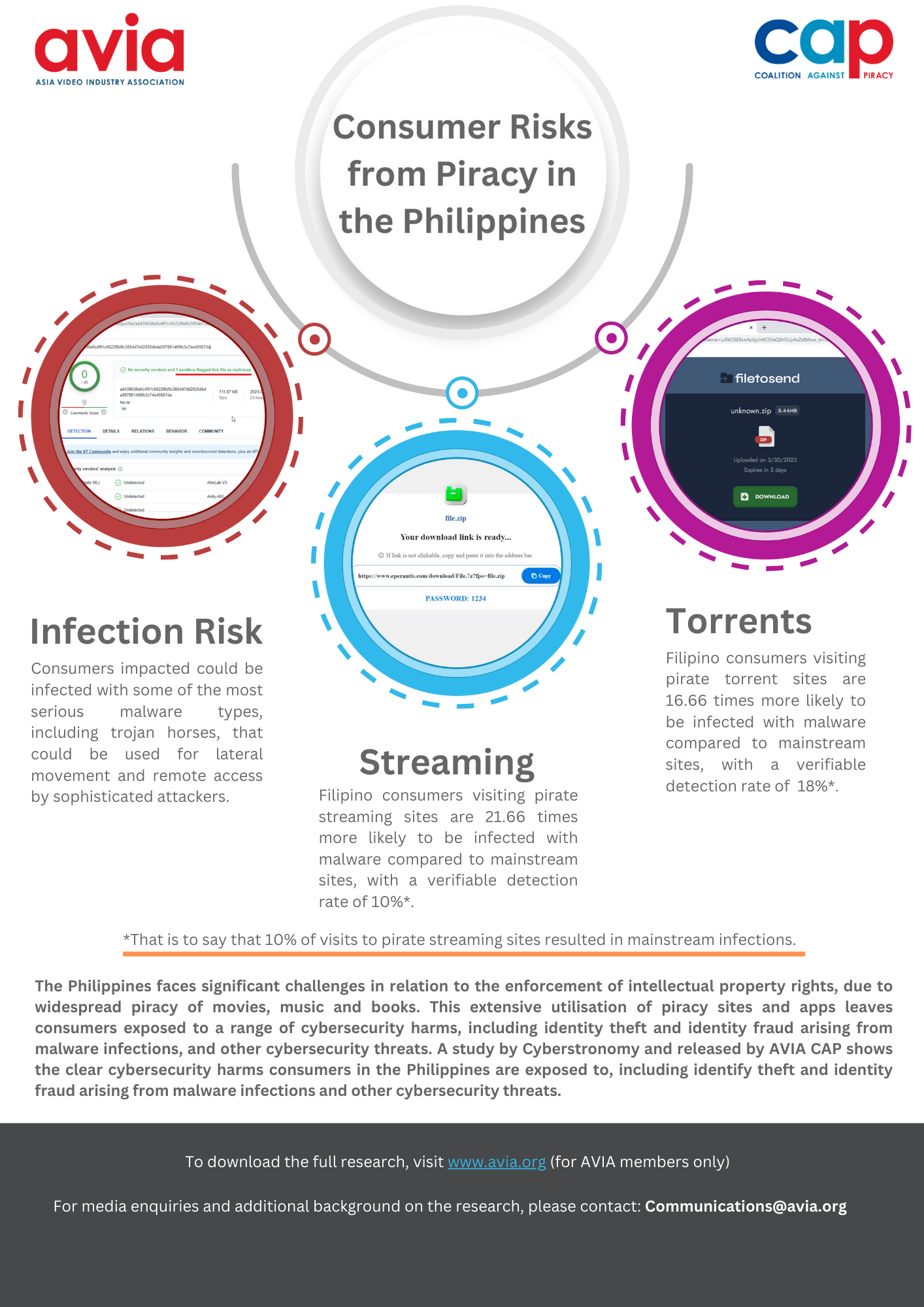IS FORENSIC WATERMARKING JUST A TICK-BOX? NOT UNLESS YOU’RE PREPARED TO GIVE AWAY 10–25% OF YOUR HARD-FOUGHT REVENUE TO PIRATES!
October 27, 2020 12:06 pm
Tim Pearson, Senior Director, Product Marketing, NAGRA
Attitudes to content security vary around the world. Whilst content protection is taken as read, additional tools such as watermarking are seen by some operators as just compliance, a ‘tick box’ with little intrinsic value other than a key step in securing premium content rights for their service. But what if there was additional business value beyond compliance that allowed operators to get more bang for their buck?
Deploying forensic watermarking helps to identify where exactly the pirates are sourcing their illegal content from. While many may view implementing watermarking merely as part of their compliance with content owners’ mandates, it plays an important role in service and revenue protection too. Earlier this year, NAGRA announced partnerships with Avid and Akamai, that now enable content to be protected from production to distribution. However, it’s important to remember that watermarking should be aligned with a wider security strategy that can mitigate the multitude of threats providers face–for example, as part of an active streaming protection approach, watermarking can be combined with anti-piracy services or anti-credentials sharing to provide a core foundation to a solid service security strategy.
Watermarking should not simply be considered as a requirement, but as an opportunity for operators to protect their most valuable assets. Without effective forensic watermarking in place, particularly as live sporting events restart around the world, content and revenue will be lost and there is no way of knowing where the leak came from–and with an estimated 10-25% of pay-TV and video revenue lost to piracy each year through the activities of casual pirates, the impact on an operators bottom-line can be significant.
As part of a wider active streaming protection toolset, watermarking is also a gateway to a broader solution set available to operators to stop piracy. Service providers can now call on a suite of services to help them both protect and take the fight to the pirates. Starting with watermarking to reveal the rogue subscriber sharing the content, monitoring and investigation services then understand the pirate infrastructure before decisive action is taken through anti-piracy technologies such as IP-blocking to prevent consumer access to pirate streams. Working in step with each other, these content and service security capabilities proactively beat back the threat and win back revenue. And, thanks to the rapid improvements in AI and machine learning, it’s possible to react much faster, and even begin predicting, where potential threats may come from by correlating consumer behaviour and piracy monitoring data.
Credential sharing is another example of illicit content use. In the U.S. alone, Parks Associates expects the industry to lose $9 billion from password sharing and piracy by 2024. Forensic watermarking is crucial in protecting that stolen content; however, once again, it needs to be part of a broader strategy to quantify and react to the business risk. Operators should be asking themselves questions such as Who’s sharing passwords? and Is the content being widely re-streamed? Then, through comprehensive analytics capabilities, operators can start identifying the competitors that they didn’t realise they had–namely the pirates.
Aside from technology, legislation also has a role to play. For example, in Singapore, this has been successful to allow operators and authorities to actively block and take down pirate servers when they’re identified. Equally, consumer education should not be under-estimated as engaging campaigns can warn of how to identify illegal services and bring consumers back into the paying fold. Not only does this protect the content, it can positively impact operators’ and content owners’ bottom lines.
Service providers in APAC are not exempt to suffering significant impacts on their businesses from commercial pirate services. Kjetil Rohde Jakobsen, Global Director Products and Partners at iflix said during the 2019 Pay-TV Innovation Forum: “Piracy is our biggest competitor still, by far. Content piracy is hard because we can’t compete on price, so getting people to start paying for content means we need to compete on other things like compelling features, engagement features, exclusive content, consistency of quality of service, and consistency of accessibility.”
With this in mind, service providers and content owners must not think of watermarking simply as a box they need to tick to secure a license, or something they wouldn’t bother with if content owners didn’t increasingly mandate it. It is not an unnecessary expense but a fundamental tool that will help them protect their content. However, to really take the fight to the pirates, when the power of watermarking is combined with other tools and technologies as described herein, then operators can really start to make pirates walk the plank and claim back their hard-fought revenue.
Tags: PiracyCategorised in: Member News
This post was written by NAGRA






















